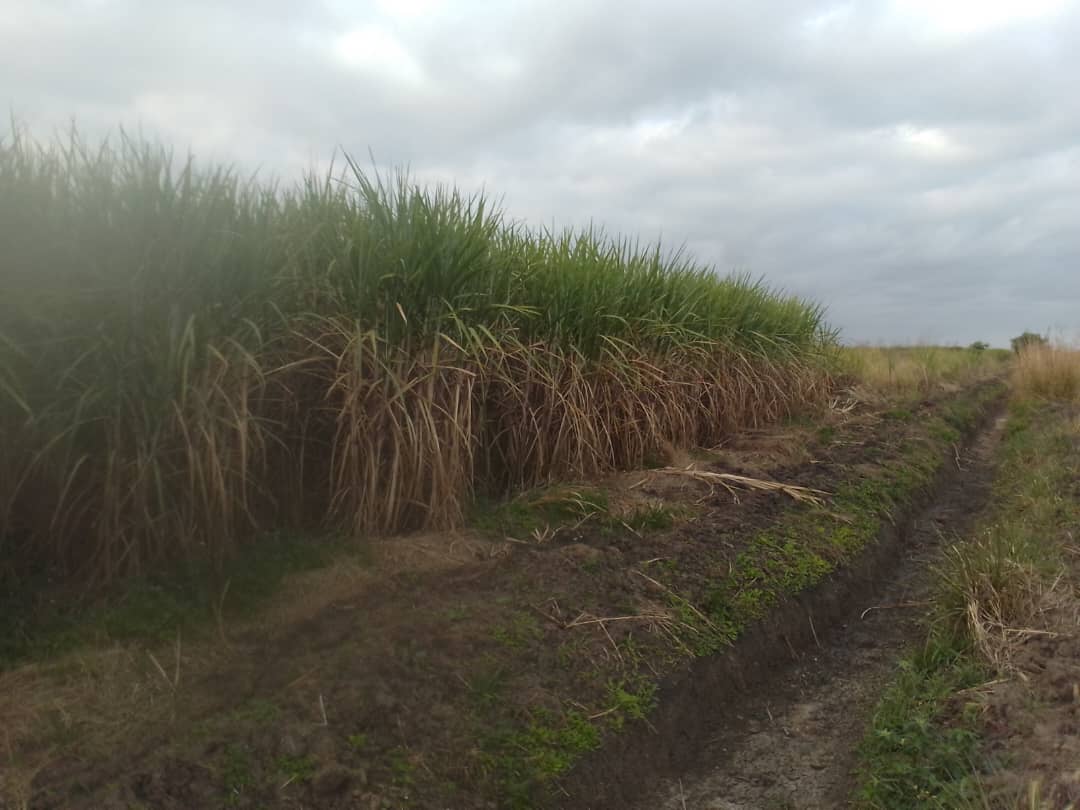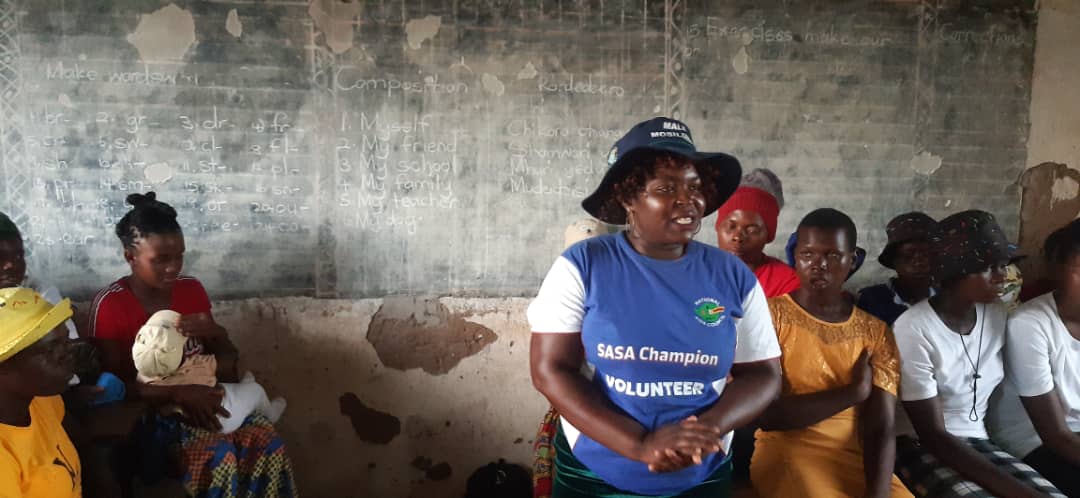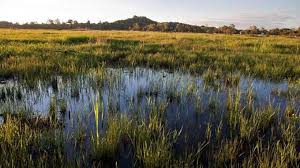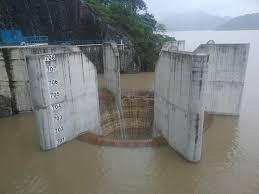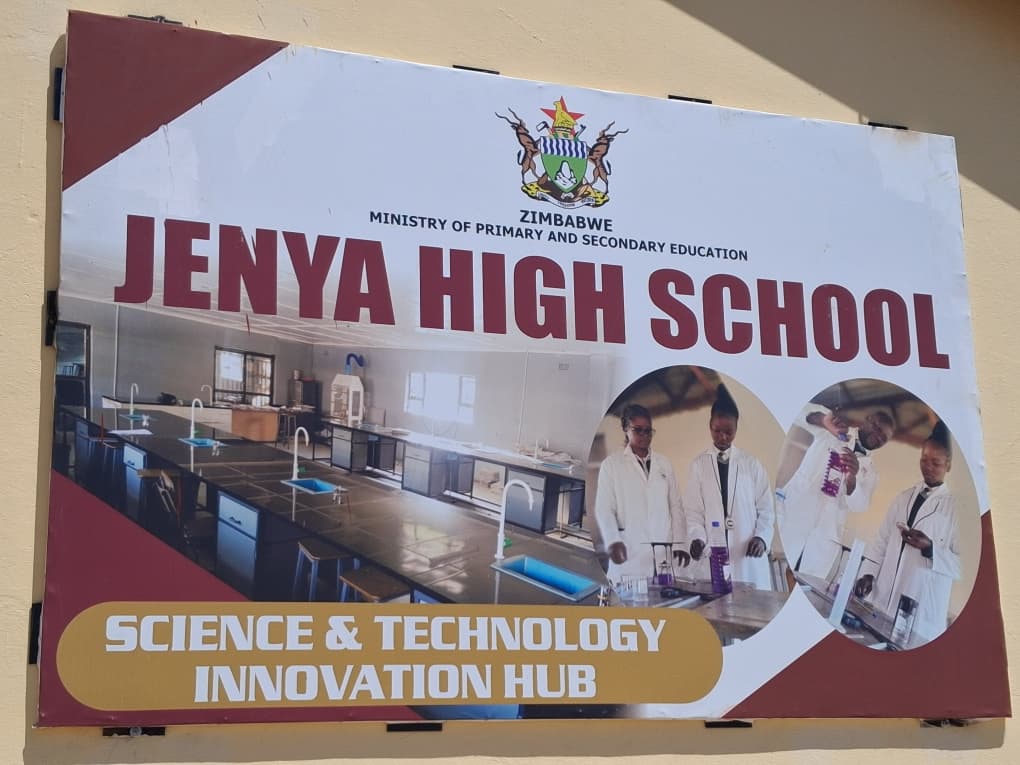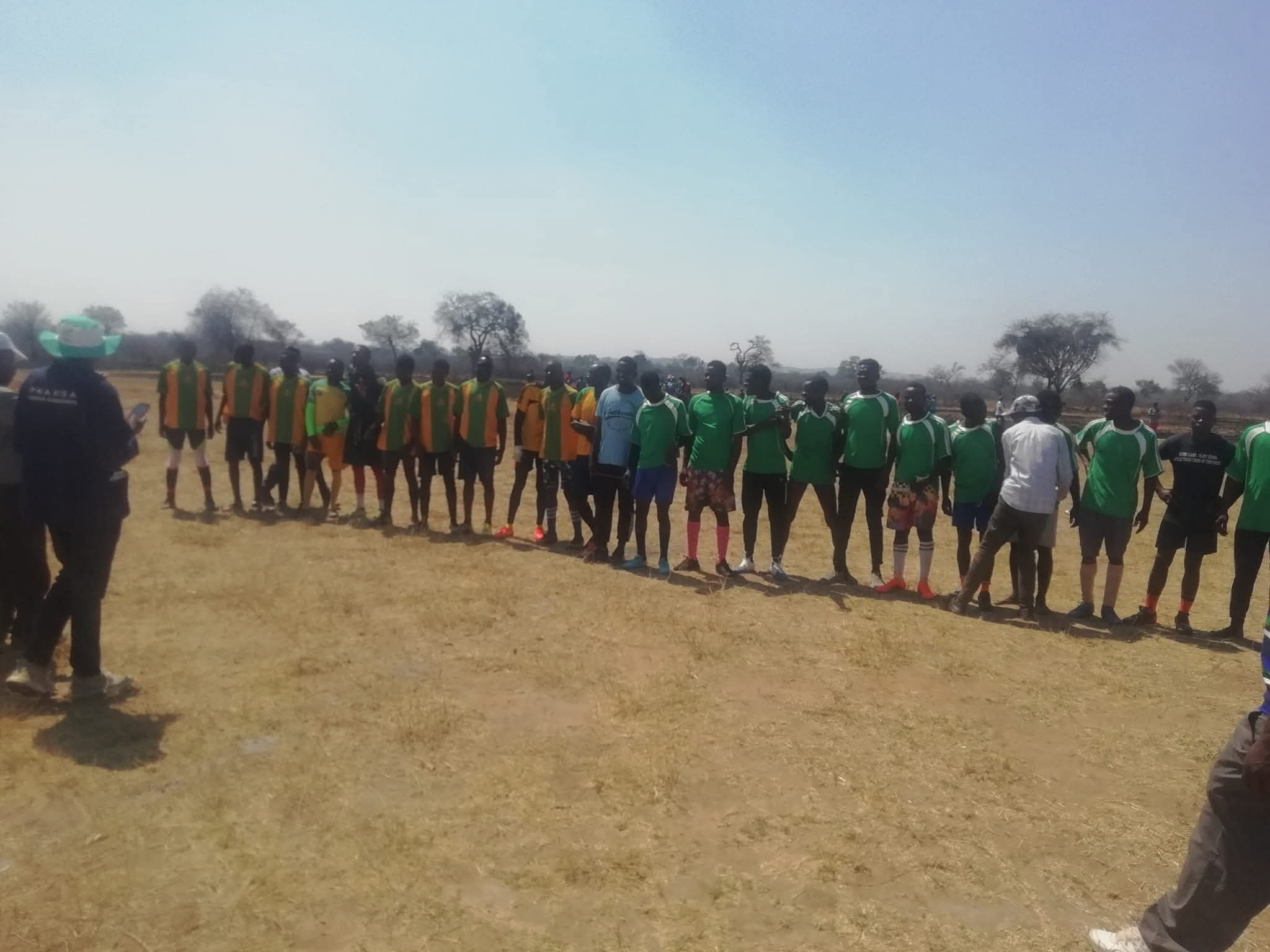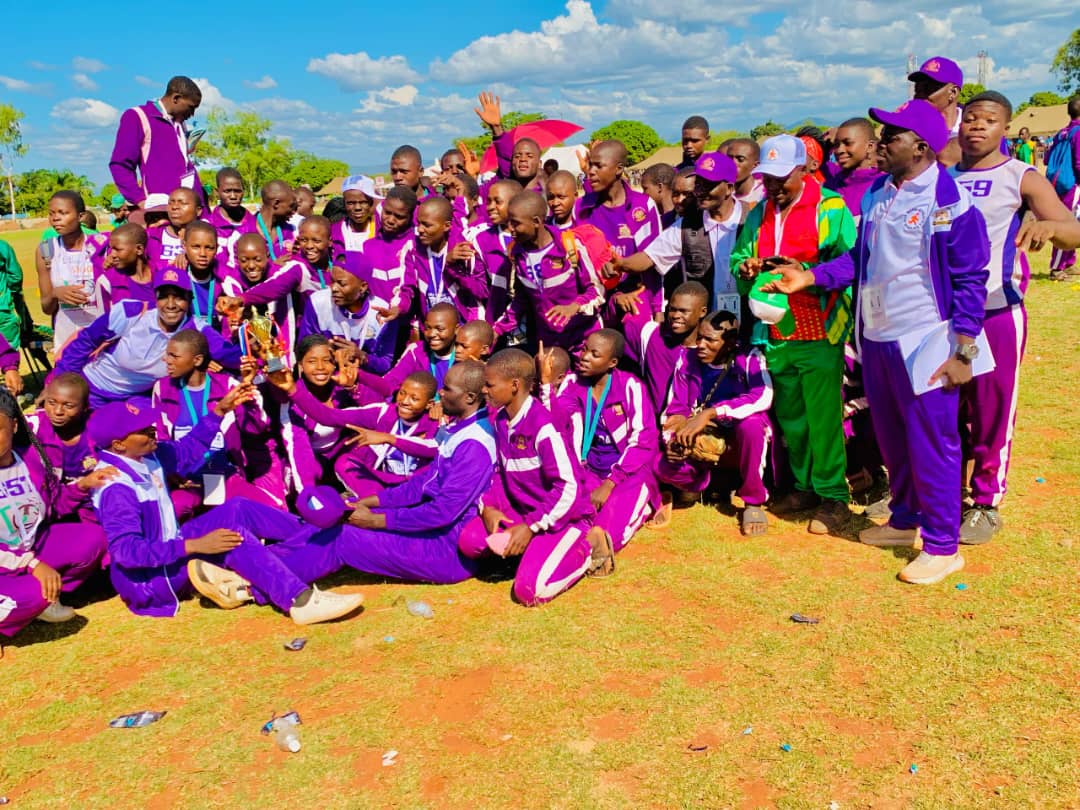Macdonald Mudzaki
Chiredzi— Zimbabwe’s sugar industry is facing one of its worst and most devastating seasons since the 1992 drought following the 2023/24 El Niño-induced dry spell which delayed the rains and caused major reservoirs to plummet.
Manjirenji Dam dropped to just 34.12 million cubic metres about 12% of its 284.2 215 million cubic metre capacity while Siya Dam registered similarly critical levels. This triggered irrigation cuts of up to 60% for Mkwasine outgrowers and 25% reduction at Triangle and Hippo Valley estates, marking the deepest irrigation stress the sector has seen in decades.
“The 2023/24 season had one of the worst rainfall distributions in years and triggered the steepest yield declines in over a decade, worse than both 2015/16 and 2018/19 in terms of water stress and production disruption,” said a Zimbabwe Sugar Association Experiment Station (ZSAES) report.
Though rains picked up later in the season, the damage was already done. Cane yields for the 2024/2025 have been forecast to drop by an estimated 25%, as crops were stressed at critical stages. Both large estates and smallholder farmers were affected, with serious implications for financial viability across the Lowveld.
But the crisis did not begin this season. Long-term climatic records from Triangle, Hippo Valley, Buffalo Range Airport, and ZSAES reveal a pattern Chiredzi of slow decline. Average rainfall in the Triangle–Hippo Valley corridor has fallen from 700 mm annually in the early 2000s to 450–500 mm over the last five seasons. The number of effective rainy days (those with more than 10 mm of rainfall) has declined by 20–30%, while the onset of rains has shifted from mid-November to mid-December.
“The number of effective rainy days has dropped significantly, and the rains now start later,” notes the ZSAES report. “This compresses the planting window and increases the risk of crop failure.”
Temperatures have also risen. Since 2000, minimum temperatures have increased by 1.1°C, while maximums have risen by between 1.4°C and 1.7°C. Summer daytime highs, especially from October to December, now regularly exceed 38°C, increasing evapotranspiration and crop stress.
Evapotranspiration is the combined processes which move water from the Earth’s surface into the atmosphere. It covers both water evaporation and transpiration.
“Heat stress hits at crucial stages like tillering. Elongation stalls. Late irrigation means lost yield,” said Prof. Munashe Shoko, a sugarcane agronomist.
In January 2024, evapotranspiration reached 6.5 mm per day, further burdening irrigation systems, many of which still use inefficient flood irrigation, losing up to 40% of water through seepage and runoff.
According to the 2023 Tongaat Hulett Integrated Report, the company’s Triangle and Hippo Valley mills produced just 370,000 tonnes of sugar, far below the 640,000-tonne processing capacity. It was the company’s lowest output since the 1992 crisis, when national production fell below 300,000 tonnes.
ZSAES records show that estate yields have been falling steadily for over two decades. In the early 2000s, yields averaged 115–120 tonnes per hectare. In 2023/24, the worst-affected blocks particularly in Mkwasine and parts of Hippo Valley fell to under 75 tonnes per hectare.
In Mkwasine, yields declined from between 85–90 tonnes/ha between 2017 and 2019 to 59–65 tonnes/ha in the current season. This 30–40% drop is linked to erratic rainfall, prolonged ratooning cycles, and worsening soil salinity caused by poor drainage and lack of fresh water.
Many smallholders have turned to banks or microfinance institutions for loans, creating a cycle of debt as production losses mount.
Tongaat Hulett Zimbabwe recently announced the retrenchment of 1,000 workers—500 each from Triangle and Hippo Valley. The layoffs, expected between February and August 2025, are part of a broader cost-cutting plan.
“The retrenchments are part of a broader restructuring plan aimed at streamlining operations and aligning with productivity realities,” said company spokesperson Dahlia Garwe.
Soil salinity has compounded the crisis. With limited access to fresh water, farmers increasingly rely on recycled irrigation water, which contains salts. ZSAES soil mapping shows that over 700 hectares in Mkwasine and Hippo Valley now exceed safe salinity thresholds up from just 260 hectares in 2014.
“My field near Jete Stream is practically toxic,” said Brian Mabeza, a field supervisor. “We used to flush salts with fresh water. Now there’s none.”
To help mitigate the crisis, ZSAES is piloting new technologies. These include subsurface drip irrigation (which saves up to 40% of water), gypsum treatments for sodic soils, legume rotations (which reduce fertilizer needs by up to 50%), trash blanketing, and green cane harvesting.
Dr. Goden Mabaya, the ZSAES Agricultural-Irrigation Engineer explained: “These technologies work. But fewer than 15% of outgrowers can afford them.”
According to the African Development Bank, only 12% of Zimbabwean farmers have access to real-time climate advisory systems or infrastructure that helps them adapt to climate shocks.
The crisis is worsened by a policy vacuum. The industry still operates under the Sugar Production Control Act of 1966, which lacks provisions for climate resilience, environmental protections, or smallholder support.
“We’re legislating a 21st-century crisis with a 1960s law,” said Dr. Charity Pisa, Deputy Dean at Great Zimbabwe University.
More than 90% of cane is still burnt before harvest, releasing carbon emissions and degrading soils. Though green harvesting trials at ZSAES show potential, estate mills have not yet been upgraded to process unburnt cane.
With Zimbabweans consuming around 24 kg of sugar per person annually, compared to the African average of 17.2 kg, any drop in local production threatens to push the country toward import dependence and job losses in an already fragile rural economy.
“We’re not asking for aid. We’re asking for vision,” said Rtd Col Dennis Masere a veteran grower from Mkwasine.
If Zimbabwe fails to reform its laws, invest in modern irrigation and processing systems, and extend climate-smart support to smallholders, its most iconic industry risks becoming a story of slow but preventable collapse.
This article was published under the Voluntary Media Council of Zimbabwe Investigative Journalism Fund with support from the Friedrich Naumann Foundation.

